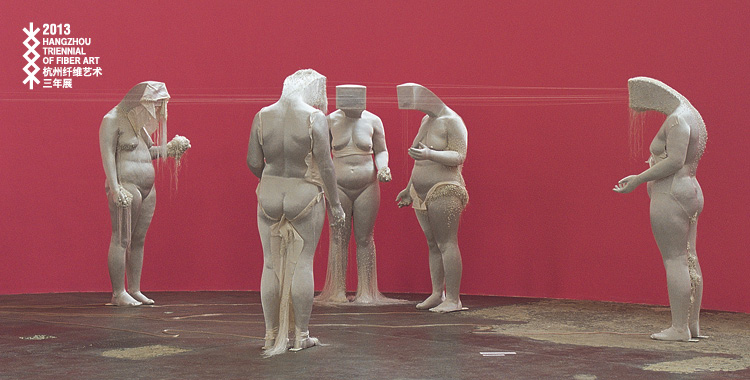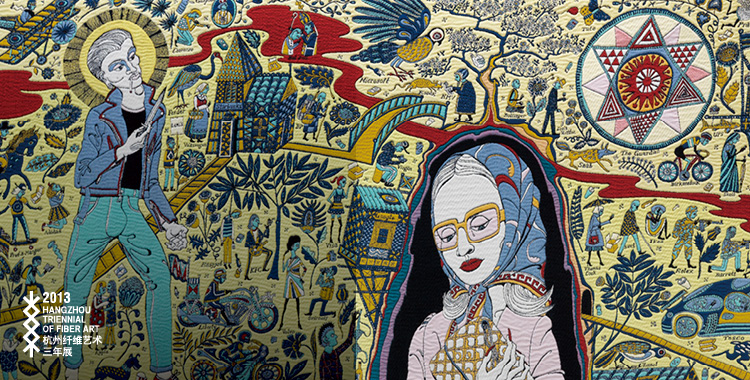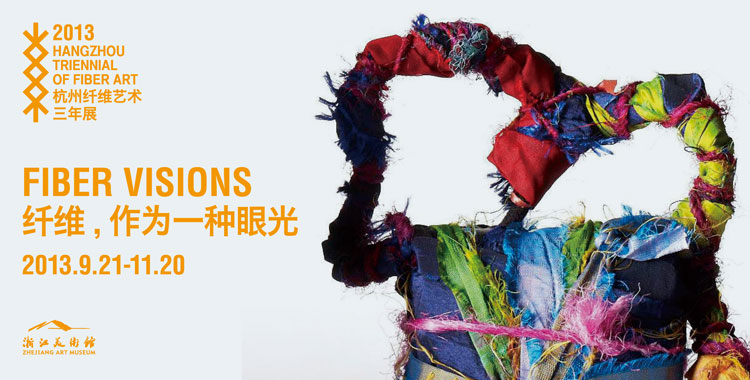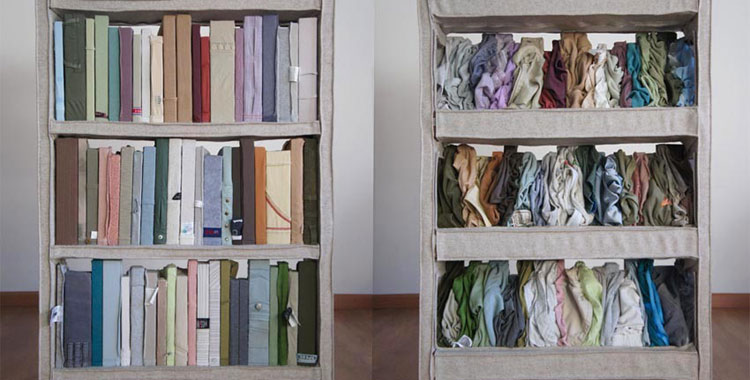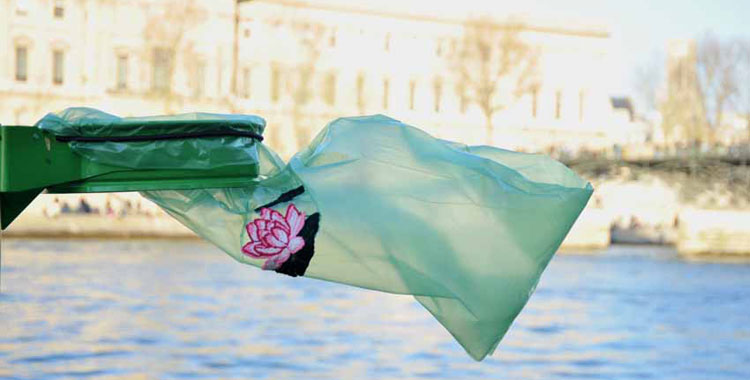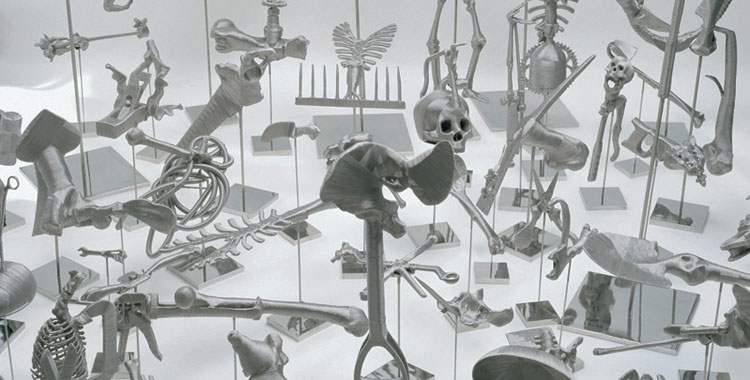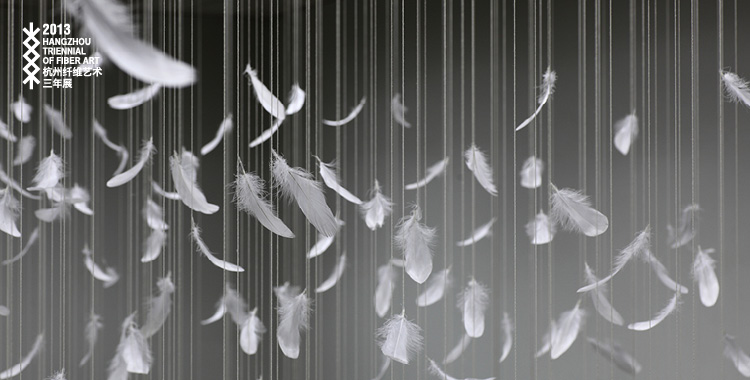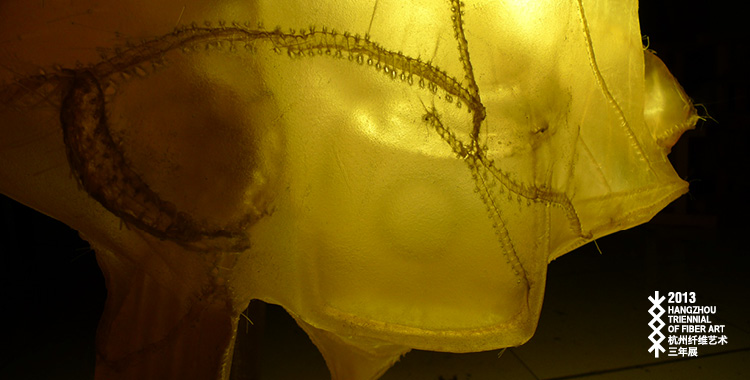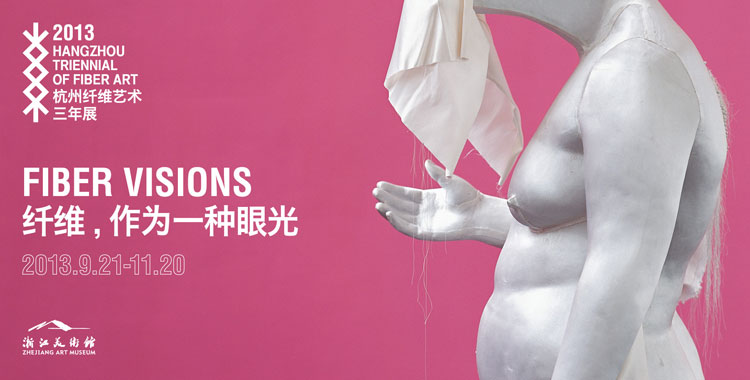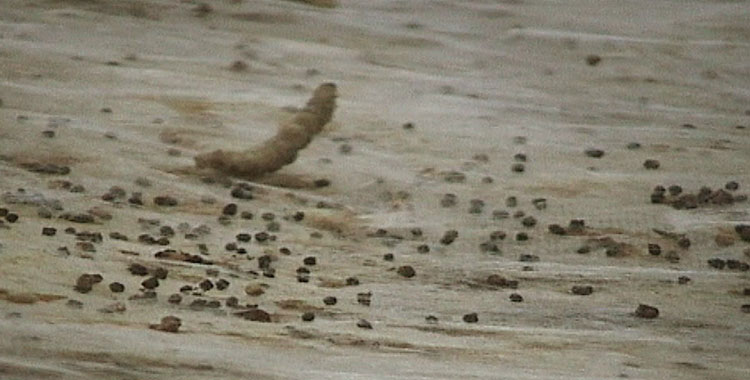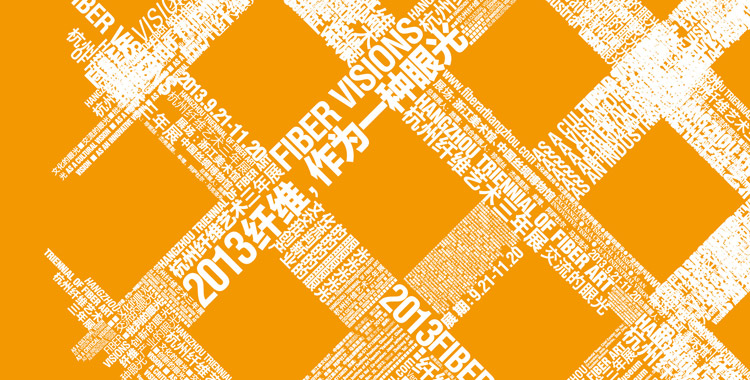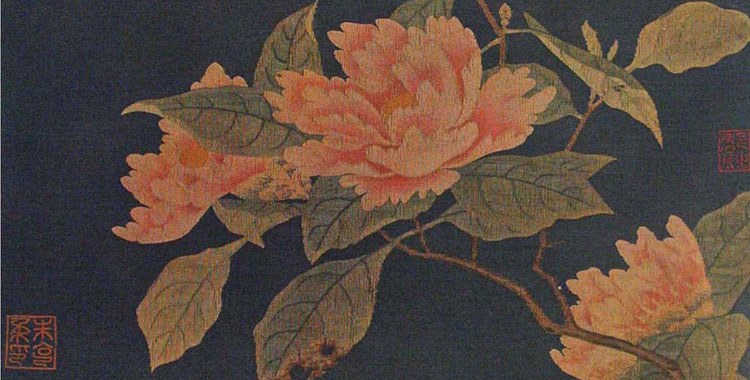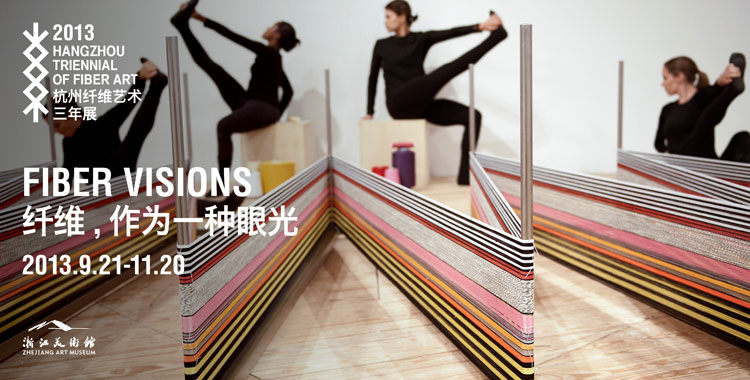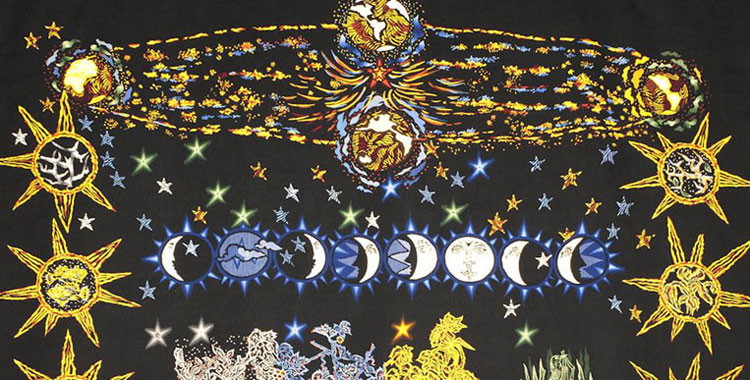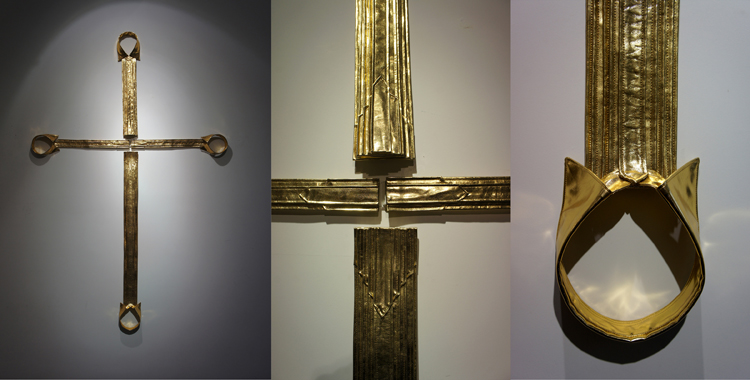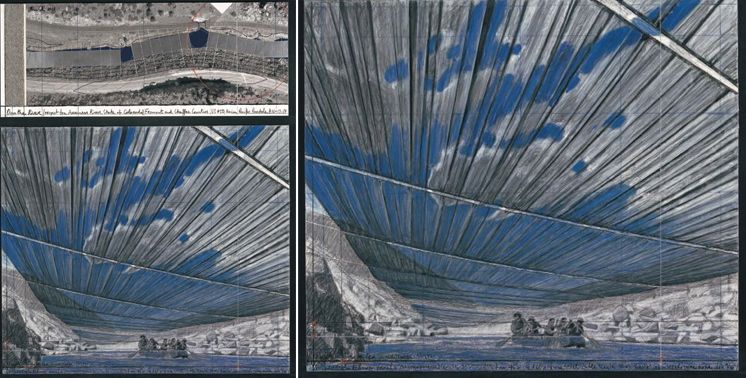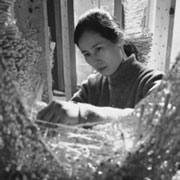Shi hui
Shi Hui was born in 1955 in Shanghai. In 1982, she graduated from the Zhejiang Academy of Art (now China Academy of Art), with a bachelor’s degree in Dying and Weaving. While continuing her research and training at the Varbanov Tapestry Research Centre from 1986 to 1989, she was one of the pioneering Chinese contemporary fibre artists of the1980s.
Shi Hui is a leading lady of Chinese contemporary art. The display of her collaborative work “Longevity” at the “13th International Lausanne Biennial of Contemporary Tapestry,” in 1987, marked the breakthrough for contemporary Chinese tapestry art on the world scene.
Shi Hui’s works represents a major evolution in visual language that took place in Chinese art since the 1990s. Showing deep respect for the intrinsic value and natural qualities of materials, her art genuinely embodies a “linguistic change,” which emphasises both “anti-form” and “restructured form.”
For more than twenty years, Shi Hui has continued to push fiber art into new directions. Her work with cotton, canvas, rice paper, paper pulp, and other materials exemplifies the characteristics of fiber, and has realised the Eastern spirit in contemporary art. Her works have been represented in many prestigious exhibitions, museums, and biennials, and has attracted a wide attention from the public. Early works of Shi Hui were realised through flat and three-dimensional weaving. In the 1990s, her work broke free from the traditional frames of weaving. With web-like structures, she explored free space. Synthesising manual labor and a multitude of shapes inspired by natural life forms, she designed a new morphology of creation. Representative are her series “knot” and “Pillars.” After 2000, with works such as “Old Wall” and “Compendium of Materia Medica,” Shi Hui reflects on the mediation between Chinese traditional culture and the contemporary environment.
Continuing to work with her favourite materials, Chinese paper and paper pulp, Shi Hui obviously recognises the tacit bond between these traditional media and her spiritual self. It also mirrors her conviction of the important value that Chinese traditional media have, transformed in a present-day context. In the schema of Chinese contemporary art, Shi Hui’s work has unique visual features. She expands traditional conceptions of weaving, and creates a structure of visual space. The process of weaving has become an experiental procedure, which visually develops as a kind of “post-modern animism.”
In her own words:
“Fibrous materials not only store the unique features of natural plant life, they also embody the ideal of synergy between nature and human life. The flexibility of bamboo strips, the pure whiteness of paper pulp, the elasticity of cotton thread, they all represent this spark of vitality, which provokes a strong sense of familiarity. The way I create is characterised by a firm degree of randomness. With randomness, I mean that there is a pure and simple, unconstraint relation between my physical labour and creativity. Although I always have a vague expectation about the final outlook, from beginning to end, layer upon layer, the white fibre materials, which are shaping my works, are in a constant state of growth. Single entities of fibrous softness are continuously expanding. Gradually, they result into a general form, resembling a nest, a cocoon, a structure with wholes inside. I am not sure whether these materials secretly refer to the womb from which all life emerges. Yet, the moment my formations are integrated into the larger environmental context, when they blend with the earth, the meadow, the trees, the sunlight, I always get a this strong emotional feeling. I am overwhelmed by the poetry of life in nature.”


